
History of pad Thai: how the stir-fried noodle dish was invented by the Thai government
- Thai prime minister Plaek Phibunsongkhram was committed to establishing a national identity to unite the nation through culture in the 1930s
- The campaign included changing the country’s name, commissioning a new national anthem, and creating a national dish – pad Thai
The wok is smoking even before Adam Cliff adds oil. The chef and owner of the popular Thai restaurant Samsen, in Hong Kong’s Wan Chai district, is showing how he makes pad Thai.
The key is a hot wok to prevent the ingredients from sticking, he says, but it’s important to control the temperature throughout the cooking process, because tamarind and palm sugar, for example, can scorch easily.
First, cubes of hard, dried tofu sizzle in the hot oil briefly before the chef adds radish, dried shrimps and shallots. The flavours are already melding before Cliff tosses in large, fresh tiger prawns.
He shunts the mixture to the side of the wok then fries an egg in the flavourful oil at its base, before blending it with the other ingredients. Dried rice noodles, along with peanuts, garlic, chives and bean sprouts, add another layer of flavour and texture. To finish the dish off, a combination of tamarind paste, palm sugar and fish sauce is poured in. Within minutes it is ready to serve.
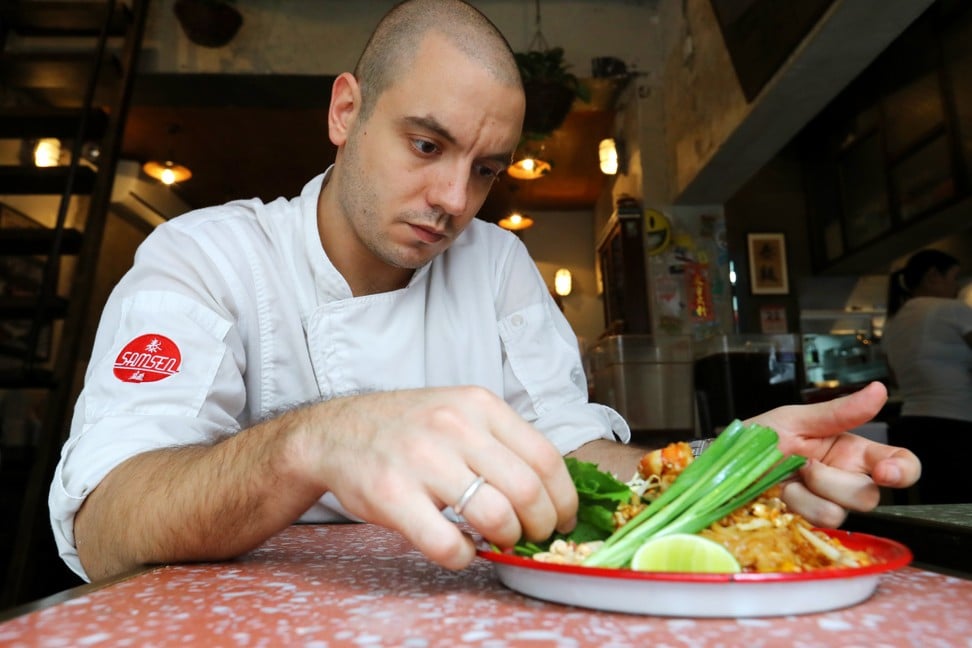
Pad Thai, Cliff says, is an accessible combination of noodles, vegetables, prawns – and sometimes chicken – plus peanuts, to give it crunch. He says the salty, spicy, sweet and sour flavours of the dish help to excite the taste buds.
When thinking about Thai food, for many diners, the first dishes that spring to mind will probably be pad Thai, tom yum goong and green curry. They are on the menu of practically every Thai restaurant worldwide.
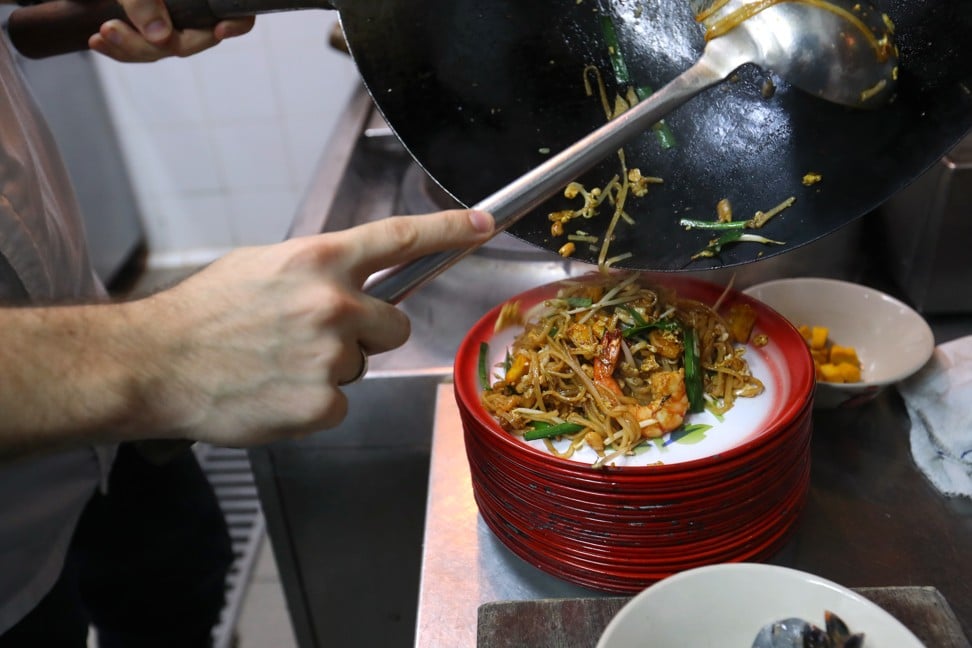
What they might not be aware of is that the delicious concoction – “Thai stir-fry” in the local vernacular – is not historically a traditional dish in Thailand. Pad Thai’s roots are as political as they are culinary. It was imposed upon the populace almost 80 years ago as a cornerstone ingredient of a nationalistic agenda.
In the late 1930s, Thai prime minister Plaek Phibunsongkhram – one of the leaders who orchestrated an end to the country’s absolute monarchy – was committed to establishing a national identity to unite the nation through culture. Siam, as it was then known, was ethnically diverse, says retired professor Penny Van Esterik, who worked as a nutritional anthropologist at York University in Toronto, Canada.
Van Esterik, who studied Southeast Asia cuisines, became interested in the region when she took part in protests against the Vietnam war, then realised she knew nothing about Vietnam or the region in general.
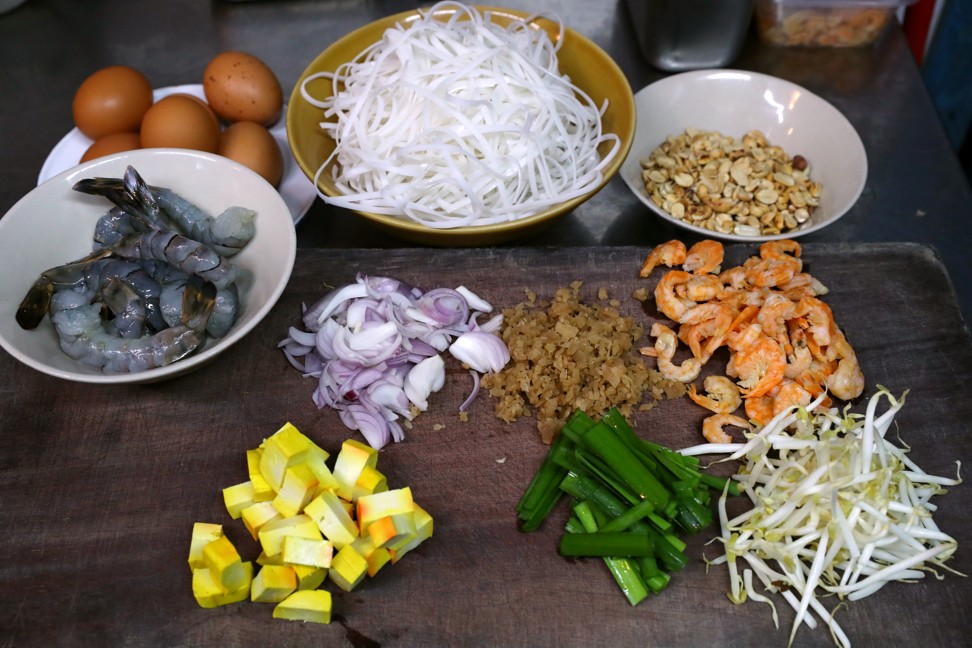
She signed up as a university volunteer in the region and was sent to Thailand from 1967 to 1969, where she taught English to anthropology and archaeology students. She became intrigued with the country and returned to Canada to pursue a PhD in anthropology in the early 1970s so she could revisit Thailand to conduct more field work. Van Esterik and her husband returned periodically to Thailand for research purposes until 1995.
Educated in France, former field marshal Plaek, better known as Phibun, regarded his home country as backward and was determined to remake it as a strong and nationalistic nation, Van Esterik explains.
He issued 12 cultural mandates, or state decrees, from 1939 to 1942, which included changing the country’s name to Thailand, commissioning music and lyrics for a new national anthem, and dictating that women ditch the pant-like chong kraben and instead wear skirts.
The campaign also mandated the creation of a national dish – pad Thai.

“He simply had this particular version of a Thai noodle that was made by his housekeeper in his kitchen and he really liked it,” Van Esterik says.
“So that dish somehow became standardised. It became almost a prototype for an example of a noodle dish. And from then on, it sort of had a different role. It became a ‘Thai noodle dish’, and [Phibun] was promoting the idea that one should eat it, particularly civil servants, for lunch.”
It was originally called kway teow pad Thai – kway teow being “rice noodles” – and later abbreviated to pad Thai.
How to make pad thai: recipe for popular Thai stir-fry is easy to master
However, pad Thai may not have been that new a creation. It’s believed a similar noodle dish was introduced to the kingdom during the Ayutthaya era by Chinese traders in the 1700s. Phibun had it modified with the addition of ingredients that made it more nutritious and tasty so that it would instil pride in people when they ate the dish.
“When you look at pad Thai compared to other noodles, it has a lot of sources of protein. It’s got eggs, peanuts, shrimp and tofu and bean sprouts, which is an unusual amount of protein,” Van Esterik says.
Another reason for promoting the noodle dish was that after the second world war Thailand experienced a rice shortage. A portion of rice noodles uses half as much of the grain when compared with a bowl full of rice, thus preserving the stock.
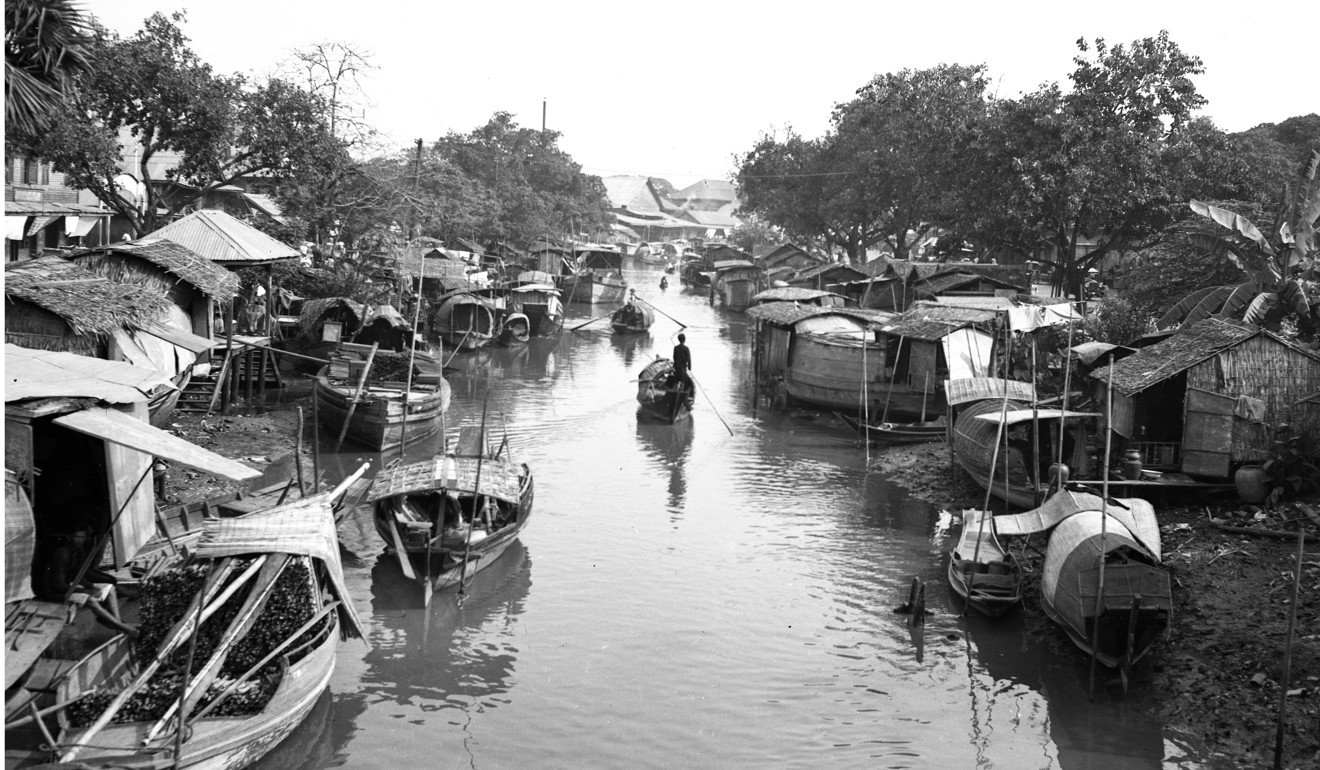
The Public Welfare Department under the Phibun administration standardised the pad Thai recipe and distributed it to food vendors, along with food carts to encourage locals to eat the dish. That initiative was accompanied by a ban on the sale of Chinese and other foreign food, thus forcibly boosting the consumption of pad Thai.
However, if you ask Thais today if pad Thai is a national dish, you may not get a straight answer.
Titima Runguphan is founder of the Thai Culture Association of Hong Kong. Her father is Thai and her mother a Hong Kong Chinese, and Titima teaches Thai-language and culture classes.
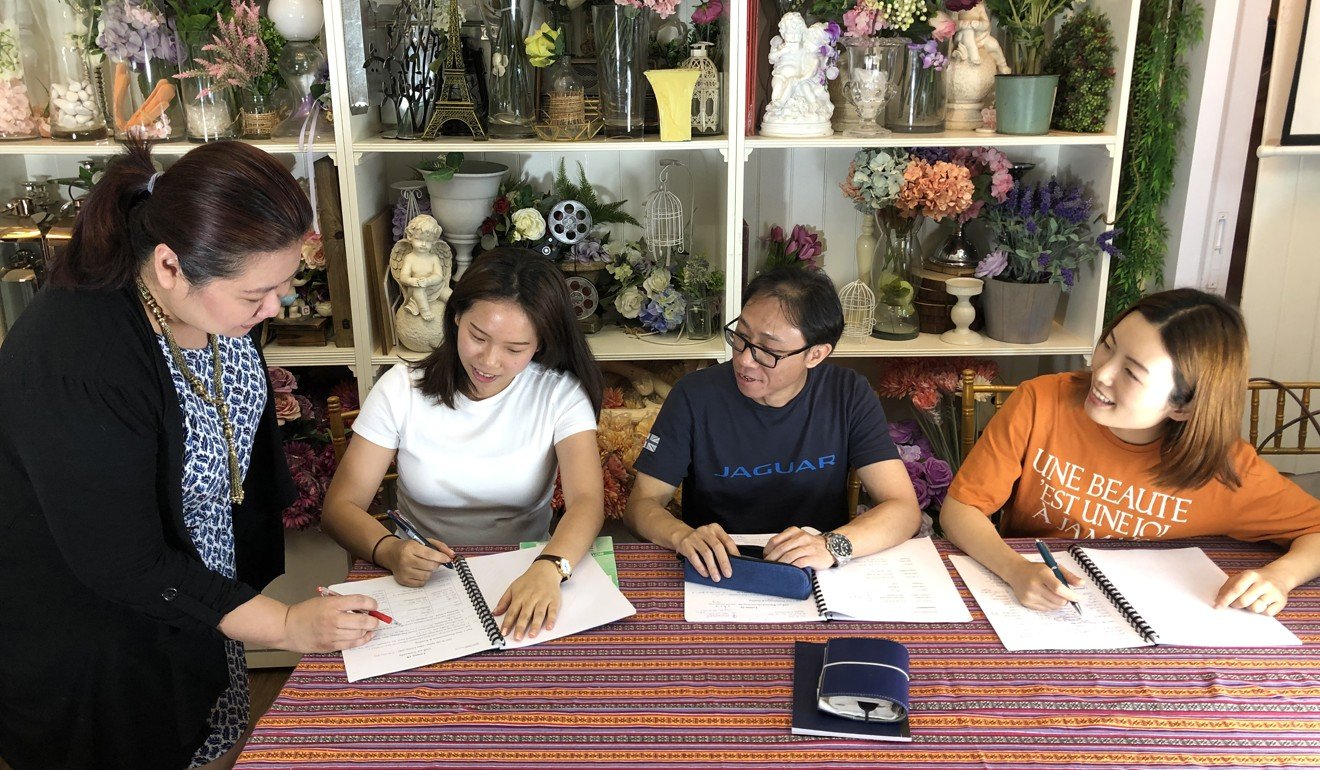
Though pad Thai is typically eaten at lunch, nam prik is more of a local dish in Thailand, she says.
“It is actually a dip made with herbs and used to dip vegetables in, and is eaten with rice,” she explains. “Even nowadays it is something that all Thai people must have on the table at home.”
Nevertheless, Van Esterik says pad Thai is one of several noodle dishes eaten in Thailand.

“Pad Thai became one of the most popular dishes to encourage tourists to eat [Thai food]. And when you’d go into a food mall [in Thailand], for example, pad Thai would often be written in English as opposed to Thai script. And I think it was a very easy dish for a foreigner to order, and I think that’s why it moved so successfully to Thai restaurants overseas,” she says.
Cliff at Samsen believes it’s the flavour profile of pad Thai – sour, sweet, salty – that makes it appealing to so many palates.
“You can’t really find it in any other cuisine. The closest comparison is Vietnamese. But Vietnamese is much lighter. And Vietnamese is very heavy on fresh herbs, fresh vegetables,” he says.
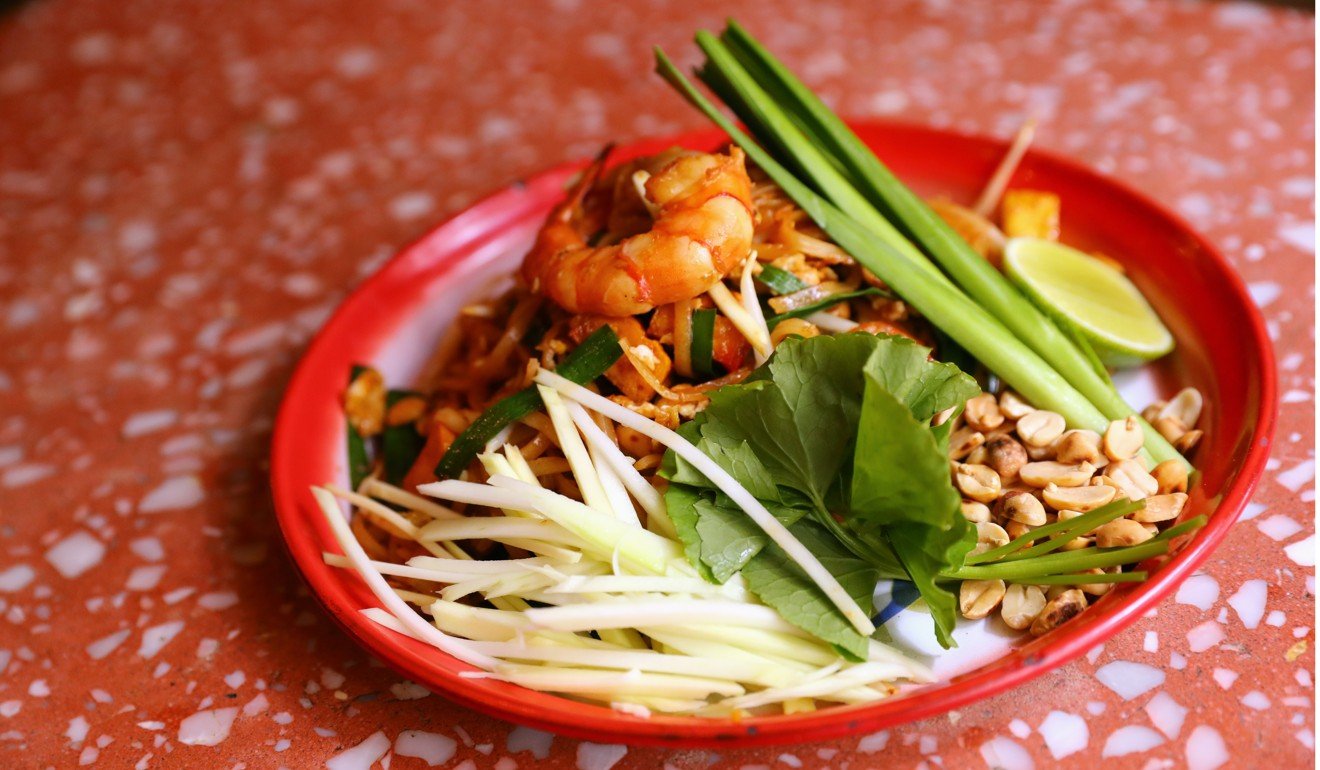
“Thai food can be quite intense, quite pungent. Some dishes can be a bit of a smack, and it’s quite diverse. You can have things like our wagyu beef boat noodles here [at Samsen] that a lot of people haven’t seen before, that’s pungent, rich and intense, and then you have things that are the complete opposite.”
While Phibun may have standardised the recipe almost 80 years ago, Cliff says no chef in Thailand follows the formula when making pad Thai, or any other Thai dish, for that matter.
“In Thailand it’s how the chef is feeling that day. You can go back to the same person who makes green curry or pad Thai, and sometimes day to day it can be completely different. And that’s something I love about Thai food.”
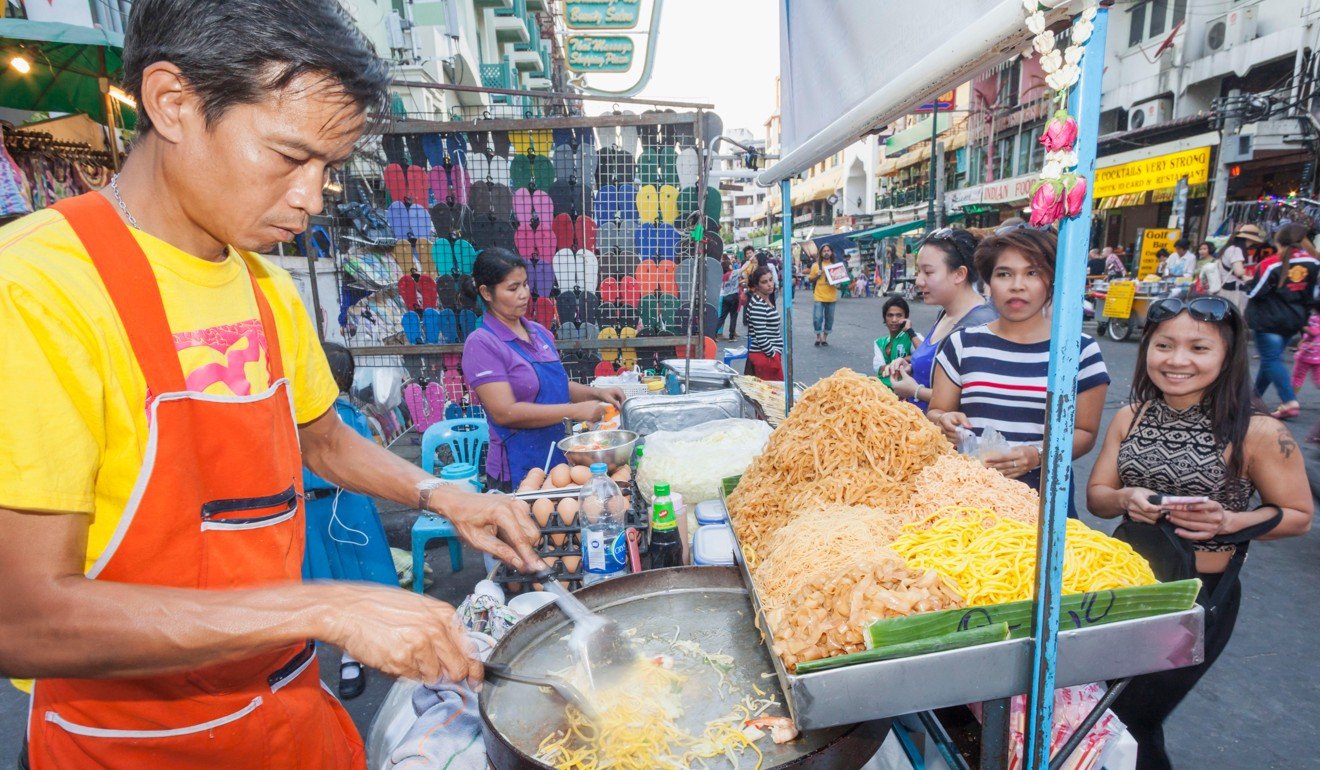
Van Esterik says pad Thai ultimately prevailed in distinguishing Thais from Chinese people. “It was more or less a strategy to create cultural distinction. [It is like] the idea: ‘This is what the national food of France is like’, ‘this is what the national food of India is like’. In some ways they are almost invented traditions.”
Then there are dishes such as fish and chips or Christmas pudding, which are associated with England, she adds.
“It’s not really what people are eating, but it’s what gets written down and codified, so that people symbolically think of fish and chips as being an English dish. But in terms of pad Thai, it was kind of promoted for political purposes. And that’s very unusual. It’s the only example that I know of in history,” she says.

